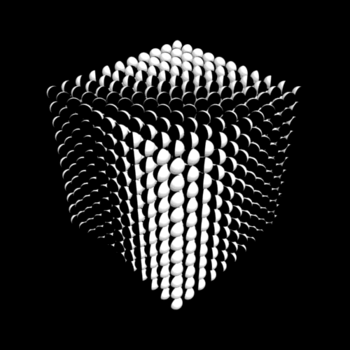I am using capital L instead of lower case because the lower case looks like the digit 1
Note that #2L+2w=P=58#
Its length is ............#color(white)("d")L=?#
one cm longer than #L=?+1#
3 times ....................#color(white)("d")L=3(?)+1#
its width .................#color(white)("d")L=(3w)+1#
So we have:
#2L+2w=58" "....................Equation(1)#
#L=3w+1" ".........................Equation(2)#
The trick to solving for an unknown is to end up with just 1 equation containing just 1 of that unknown type and a whole set of numbers in some format.
I am going to change #Equation(1)# so that it has just 1 unknown.
~~~~~~~~~~~~~~~~~~~~~~~~~~~~~~~~~~~~~~~~~~~
#color(blue)(ul("This part in a lot of detail using first principles"))#
#color(blue)("The shortcut methods you were taught are only")##color(blue)("remembering the outcomes of first principles.") #
Consider #Eqn(2) ->color(red)(L=3w+1)#
Using #Eqn(2)# substitute for #L# in #Eqn(1)#
#color(green)(2color(red)(L)+2w=58 color(white)("dddd")->color(white)("dddd") 2(color(red)(3w+1))+2w=58)#
#color(green)(color(white)("ddddddddddddddd")->color(white)("ddddd")6w+2color(white)("d.")+2w=58)#
#color(green)(color(white)("ddddddddddddddd")->color(white)("ddddd")8w+2color(white)("d.")=58)#
Subtract #color(red)(2)# from both sides
#color(green)(8w+2=58 color(white)("dddd")->color(white)("dddd") 8w+2color(red)(-2)color(white)("d")=58color(red)(-2))#
#color(green)(color(white)("dddddddddddddd")->color(white)("dddd")8wcolor(white)("d")=56)#
Divide both sides by #color(red)(8)#
#color(green)(8w=56color(white)("ddddddd")->color(white)("dddd")8/color(red)(8) w=56/color(red)(8))#
#color(green)(color(white)("dddddddddddd.d")->color(white)("dddddd")w=7#
~~~~~~~~~~~~~~~~~~~~~~~~~~~~~~~~~~~~~~~~~~~~~~
#color(blue)("This part not so detailed")#
Given that #w=7# and that we have: #L=3w+1 =>L=22#
~~~~~~~~~~~~~~~~~~~~~~~~~~~~~~~~~~~~~~~~~~~~~
#color(blue)("Check using "Equation(1))#
#2L+2w=58#
#2(22)+2(7) = 58#


